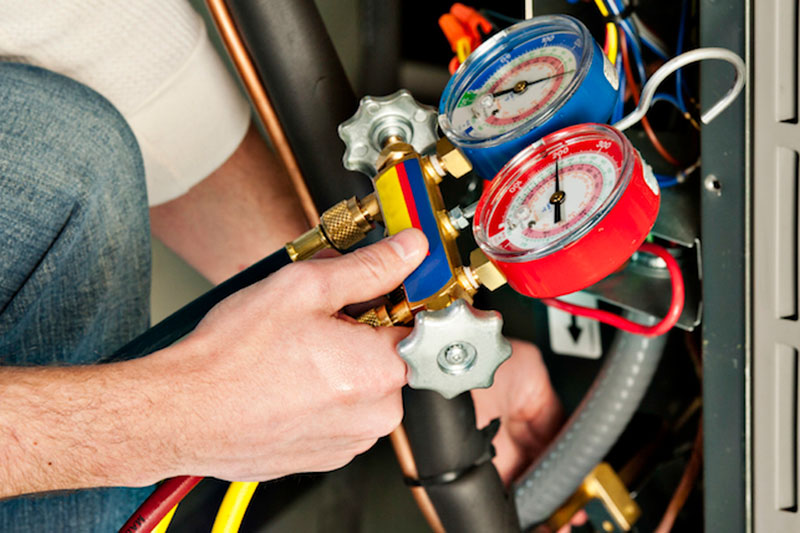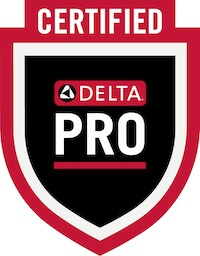
You might not think much about how your air conditioner functions, but it relies on refrigerant to keep your house cold. This refrigerant is subject to environmental laws, because of the chemicals it contains.
Subject to when your air conditioner was added to your home, it may need R-22, R-410A or R-32 refrigerant. We’ll discuss the differences and which air conditioner refrigerants are being phased out in Pella, in addition to how these phaseouts have on influence on you.
What’s R-22 and Why Is It Phased Out?
If your air conditioner was put in before 2010, it possibly contains Freon®. You can learn if your air conditioner uses it by contacting us at 641-628-3621. You can also inspect the name plate on your air conditioner condenser, which is found outside your house. This sticker will have details on what type of refrigerant your AC has.
Freon, which is also known as R-22, includes chlorine. Scientists consider this chemical to be harmful to the earth’s ozone layer and one that leads to global warming. The Environmental Protection Agency, which manages refrigerants in the United States, banned its manufacture and import in January 2020.
I Use an Air Conditioner with R-22. Do I Need to Get a New One?
It depends. If your air conditioning is cooling fine, you can continue to use it. With yearly air conditioner maintenance, you can expect your air conditioning to run around 15–20 years. However, the Department of Energy notes that removing a 10-year-old air conditioner could save you 20–40% on summertime cooling expenses!
If you don’t get a new air conditioner, it can lead to difficulties if you require air conditioning repair down the road, specifically for refrigerant. Repairs may be more expensive, because only small quantities of recycled and reclaimed R-22 is available.
With the discontinuation of R-22, many new air conditioners now have Puron®. Also referred to as R-410A, this refrigerant was made to keep the ozone layer healthy. As it needs a different pressure level, it doesn’t match air conditioners that rely on R-22 for cooling.
However, Puron still has the likelihood to contribute to global warming. As a consequence, it could also sometime be discontinued. Although it hasn’t been communicated yet for residential air conditioners, it’s anticipated sometime this decade.
What Refrigerant Will Take the Place of R-410A?
In preparation of the discontinuation, some manufacturers have begun using R-32 in new air conditioners. This refrigerant ranks low for global warming potential—around one-third less than R-410A. And it also lowers energy use by about 10%, according to the Intergovernmental Panel on Climate Change’s Fourth Assessment Report. That’s savings that could be forwarded on to you through your cooling expenses.
Van Haaften Plumbing & Heating Can Help with All Your Air Conditioning Needs
In summary, the changes to air conditioner refrigerant probably won’t affect you greatly until you require repairs. But as we discussed beforehand, refrigerant repairs can be more expensive due to the restricted levels that are accessible.
Not to mention, your air conditioner frequently malfunctions at the worst time, typically on the muggiest day when we’re receiving a lot of other appointments for AC repair.
If your air conditioner uses an outdated refrigerant or is aging, we suggest getting a modern, energy-efficient air conditioner. This provides a stress-free summer and may even reduce your electrical expenses, especially if you get an ENERGY STAR®-rated system. Plus, Van Haaften Plumbing & Heating has many financing solutions to make your new air conditioner work with your budget. Contact us at 641-628-3621 to begin right away with a free estimate.



